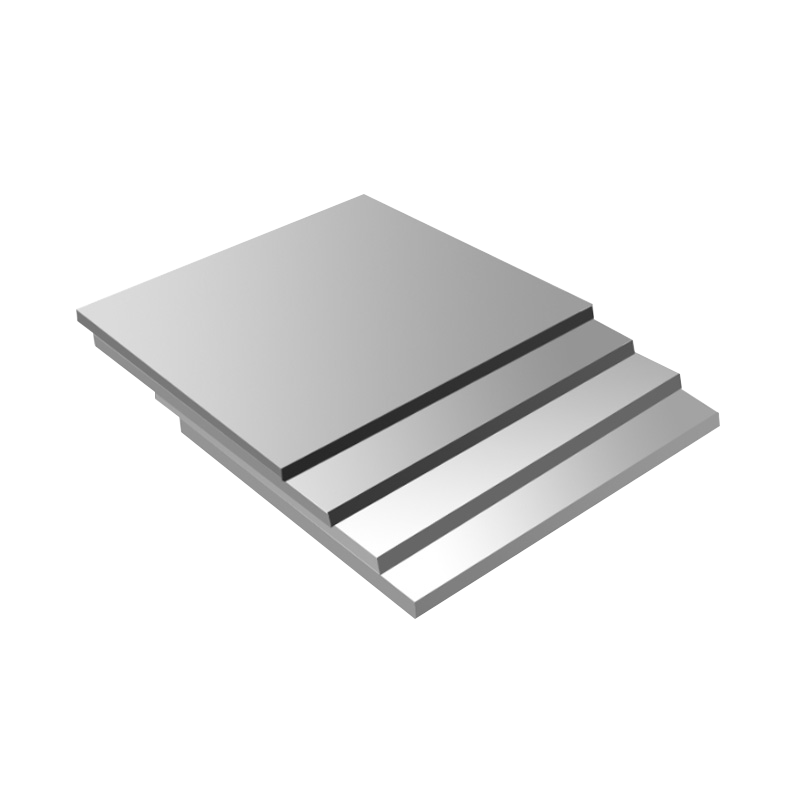If you need any help, please feel free to contact us
- Silver Alloy Electrical Contact Materials
- Copper Alloy Electrical Contact Materials
- Multi-layer Composite Materials
- Special Type Of Wire
- Thermal Bimetal Material
- Copper Steel Composite Material
- Copper Aluminum Composite Material
- Silver Copper Composite Material
- Copper Nickel Composite Material
- Aluminum Nickel Composite Material
- Aluminum Steel Composite Material
- Noble Metal Complex
Tungsten Carbide Plates: Applications, Properties, and Industrial Advantages
Introduction
Tungsten carbide plates are engineered components made from a composite material consisting primarily of tungsten and carbon atoms, sintered together to create one of the hardest and most wear-resistant materials used in modern industry. With exceptional mechanical strength, high-temperature stability, and resistance to wear and corrosion, tungsten carbide plates are indispensable across a wide range of demanding applications.
This article explores the properties that make these plates so valuable and outlines their major industrial uses, design considerations, and performance benefits.
Key Properties of Tungsten Carbide Plates
Extreme Hardness
Tungsten carbide ranks approximately 8.5–9 on the Mohs hardness scale, second only to diamond. This hardness allows it to maintain sharp edges and resist deformation under extreme mechanical stress.
High Wear Resistance
One of the defining characteristics of tungsten carbide is its ability to withstand abrasive environments, making it ideal for applications involving frequent friction or contact with hard materials.
Excellent Compressive Strength
With compressive strength exceeding 500,000 psi (3,500 MPa), tungsten carbide plates perform exceptionally well in load-bearing and high-impact conditions.
Corrosion Resistance
While not entirely immune to corrosion, tungsten carbide exhibits good resistance against a variety of chemicals and moisture, especially when coated or alloyed appropriately.
Thermal Stability
Tungsten carbide can withstand temperatures up to 1,000°C (1,832°F) without losing structural integrity, making it suitable for high-temperature industrial processes.

Primary Applications of Tungsten Carbide Plates
Tooling and Machining Components
Cutting tools: Inserts, blades, and wear pads in lathes, mills, and drills.
Die and mold components: For metal stamping, extrusion dies, and cold heading dies where precise tolerances and durability are crucial.
Wear-resistant coatings: Applied or bonded onto surfaces exposed to repeated abrasion, such as scraper blades or feeder trays.
Mining and Earthmoving Equipment
Bucket teeth, liners, and cutting edges: Tungsten carbide plates improve longevity and reduce maintenance frequency.
Downhole tools: Used in oil and gas drilling, where resistance to abrasive rock and high-pressure environments is critical.
Steel and Metal Forming Industry
Rolls and guides in rolling mills: Tungsten carbide maintains shape and sharpness during continuous metal deformation.
Shear blades and slitting knives: For clean and consistent cuts in steel sheet production.
Defense and Ballistics
Armor plating: Used in lightweight ballistic protection due to its density and hardness.
Projectile cores and penetrators: For armor-piercing rounds and military-grade ammunition.
Woodworking and Paper Industries
Chipper blades and knives: High durability and edge retention make tungsten carbide ideal for processing hardwoods or abrasive materials.
Paper cutting tools: Where precision and longevity are essential in high-speed operations.
Electronics and Semiconductor Manufacturing
Precision dies and molds: For forming intricate components with minimal wear.
Wafer processing equipment: Where minimal contamination and precision are critical.
Design Considerations for Tungsten Carbide Plates
Grain Size: Fine-grain carbides provide better hardness and surface finish, while coarse grains offer higher toughness.
Binder Content: Cobalt is commonly used as a binder; higher cobalt content generally increases toughness at the expense of hardness.
Coatings: Titanium carbide or nitride coatings can further enhance wear and corrosion resistance.
Custom Machining: Due to its hardness, tungsten carbide is best shaped using grinding rather than conventional machining techniques.
- Tel:
+86-18857735580 - E-mail:
[email protected]
- Add:
No. 5600, Oujin Avenue, Wenzhou Marine Economic Development Demonstration Zone, Zhejiang Province, China
Copyright © Wenzhou Hongfeng Electrical Alloy Co., Ltd. All Rights Reserved. Metal Composite Materials Manufacturers

 en
en English
English Deutsch
Deutsch







































































